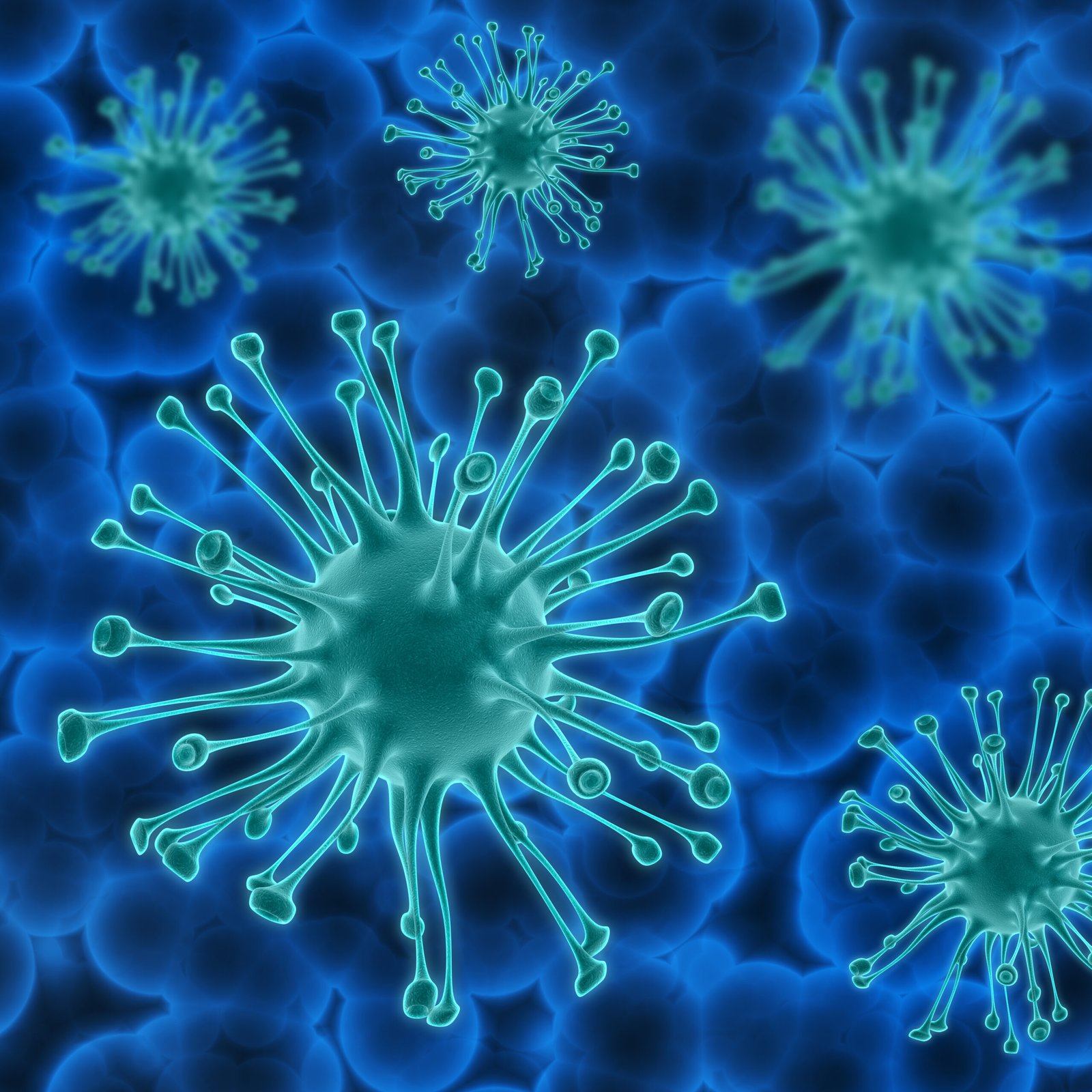Scientists at UC Riverside have developed a groundbreaking nanopore-based tool that promises to diagnose diseases faster and more precisely than current methods. By capturing signals from individual molecules, this new tool could revolutionize how we detect illnesses.
1.Detecting Diseases with Single Molecules
The key to this technology lies in detecting very small molecules, like DNA and proteins, which are crucial in diagnosing diseases. These molecules are about one-billionth of a meter wide, making them difficult to detect using traditional methods. The new nanopore tool, however, can pick up signals from even a single molecule, allowing for highly sensitive disease detection.
Kevin Freedman, the lead researcher and assistant professor of bioengineering at UCR, explained, “Right now, you need millions of molecules to detect diseases. We’re showing that it’s possible to get useful data from just a single molecule.” This advancement could significantly improve disease diagnostics.
2.How the Nanopore Works
The new device uses a nanopore, a tiny opening through which molecules pass one at a time. When proteins or DNA molecules pass through, they block some of the ion flow. The tool measures this reduction in ion flow to detect the presence of specific molecules.
What makes this tool stand out is its ability to reduce background noise from other molecules in the sample. Traditional sensors rely on external filters to remove unwanted signals, but these can sometimes eliminate important data. The nanopore system, however, filters itself, ensuring that every signal is preserved for accurate analysis.
3.Potential for Faster and More Accurate Diagnosis
Freedman envisions this technology being used in a small, portable diagnostic kit no bigger than a USB drive. Such a device could detect infections within 24 to 48 hours, much sooner than current tests, which often take days to show results. This faster detection could help treat infections early, preventing them from spreading.
In addition to diagnosing infections, this tool could also aid in protein research. Proteins are essential to cell function, and even small changes in their structure can impact health. Current tools struggle to distinguish between healthy and disease-causing proteins, but the nanopore tool can detect these subtle differences, helping doctors create more personalized treatments.
4.Advancing Protein Sequencing
One of the most exciting applications of this technology is its potential to advance protein sequencing. While DNA sequencing reveals genetic information, protein sequencing shows how these genes are expressed and modified. Understanding proteins better could lead to earlier disease detection and more tailored therapies.
Freedman’s research is also bringing scientists closer to sequencing individual proteins, a long-sought goal in biology. This achievement could offer new insights into how proteins influence health and disease, moving us closer to personalized medicine.
5.The Future of Nanopores in Healthcare
With continued research and development, Freedman believes nanopore technology could become a standard feature in both medical research and healthcare tools. As the technology becomes more affordable, it could be included in everyday diagnostic kits used at home or in clinics.
Freedman is confident that this discovery will change how we approach disease detection and treatment. “Nanopores will become part of everyday life,” he said. “This discovery could change how we use them in the future.”
In conclusion, this innovative nanopore tool offers promising advancements in early disease detection, protein research, and personalized medicine, potentially transforming healthcare as we know it.
Source:University of California – Riverside
Date:Jan 2 2025
Keywords:Nanopore,Disease detection,Single molecules,DNA,Proteins,Diagnostic tool




